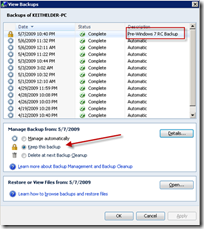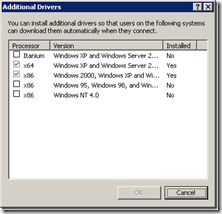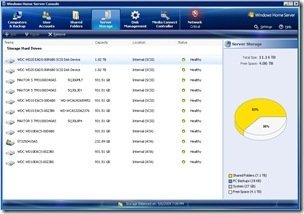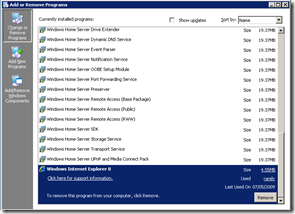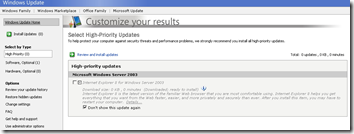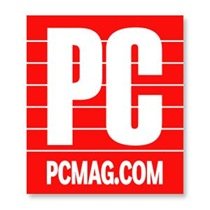By
Philip Churchill on May 11th, 2009
One of the online backup solutions for Windows Home Server has just been revamped and updated – Version 3.0 of KeepVault for Windows Home Server is now live.
KeepVault’s highly secure servers store information online and are ready to instantly recover a single file or several files in the event of a failure. As well as this KeepVault also includes 128-bit encryption to keep your information safe and secure.
The Key Features of Version 3.0 are:
- Improved performance – Now up to 30 percent faster backup uploads and downloads from the KeepVault server bank – best-in-class performance versus other online storage providers
- An extra layer of protection – Ability to create local backups of information on internal/external hard disks and NAS servers so you can restore quickly if an Internet connection is unavailable
- Ability to backup any file on the Windows Home Server – not just the photo, music, and video shares
- Improved management of online content for optimized storage usage
- Failure notification via Twitter, Email, or SMS if there is a backup failure
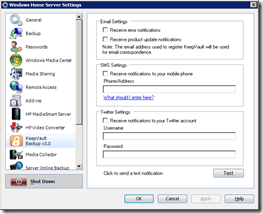
As you can see apart from the speed improvements over version 2, this latest version also allows you to backup your Windows Home Server content to a local devices as well as to the “cloud”
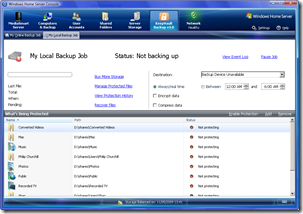
Additional features include:
- New Event Log for easy status tracking
- Optimized resource handling for lower CPU usage
- Faster file search and protection history queries
- Optimized database handling to decrease network access
- Improved user interface layout with at-a-glance view
- Multiple protection profiles
- Improved scheduling; specify any start and end time
- Option to delete directories from your online storage account
This new version has a reduced load on the Windows Home Server and backups can be scheduled for any time of the day or in real time, and to save on your upload bandwidth files can be compressed and the bandwidth limited if the need arises.
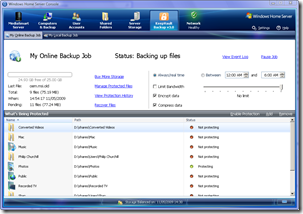
Your online backups can also be managed via the console and there is an option for single file restore and all-file restore
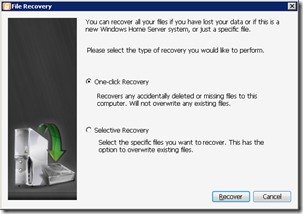
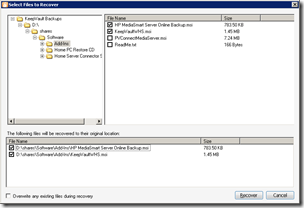
KeepVault is a cost-effective choice when compared with other online storage systems. For example, a 200GB KeepVault plan costs $188 per year, compared with $350 for Amazon’s S3, which is a savings of $162 per year. There are several plans available starting from $4.00/month for 40GB of storage which are backed by a 30-day, risk-free promise.
More information is available from here.


